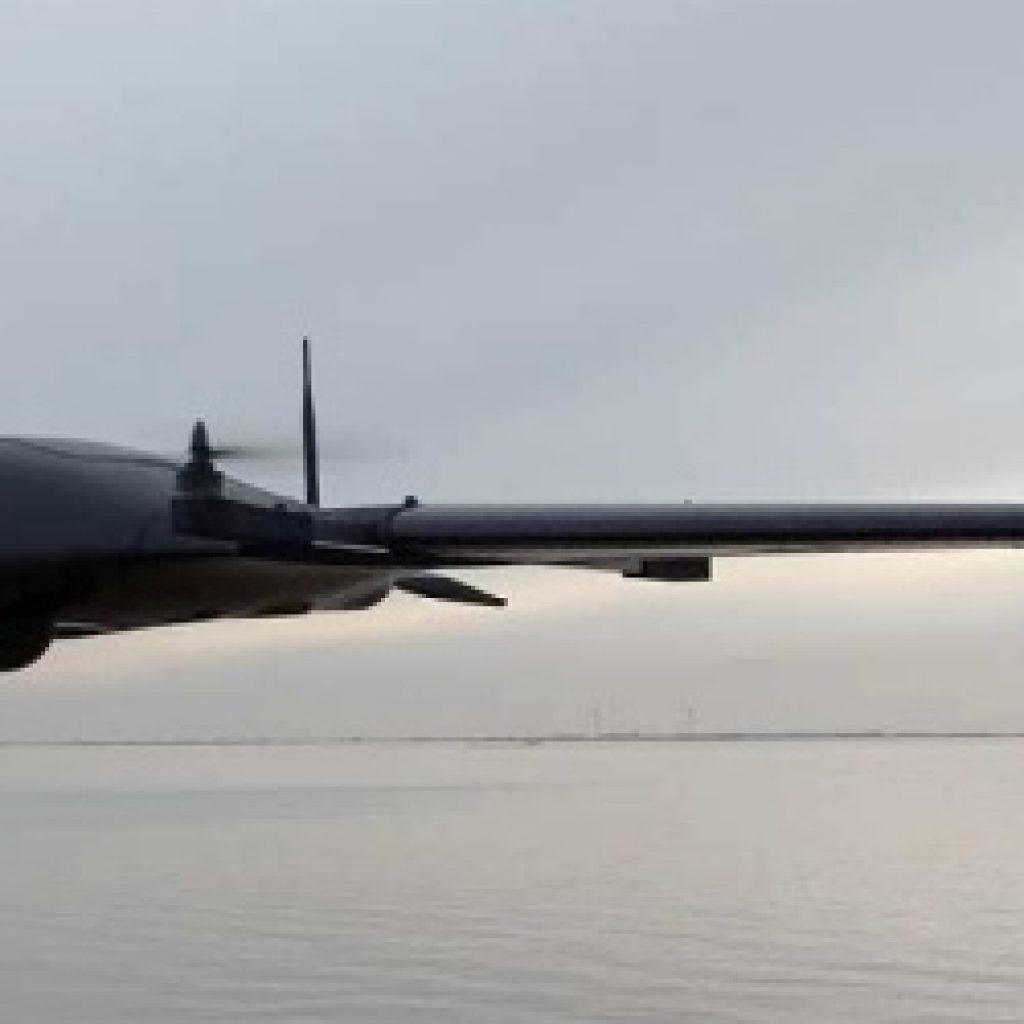Quantum technology has many military applications, from quantum sensing and radar to quantum-secure communications and more. The U.S. Air Force (USAF) has been among the most aggressive military branches in pursuing new quantum developments, and its Air Force Research Laboratory last year was designated as the Quantum Information Science Research Center for the U.S. Air Force and U.S. Space Force.
Notable partnerships between USAF and private sector quantum firms have included an effort with Aliro Quantum to develop entanglement-as-a-service, and more recently the signing of a cooperative R&D agreement with Arqit.
Last week brought news that the two start-ups from Canada, Ki3 Photonics and Quantum Bridge Technologies, were given a $450,000 USD grant from the AFRL’s basic research office, the Air Force Office of Scientific Research (AFOSR) to work on quantum photonics developments. Specifically, the companies will “explore highly-entangled states of light towards cutting-edge functionalities in telecommunications and computing,” a statement said.
Ki3 Photonics specializes in the generation and processing of quantum photonic signals, while Quantum Bridge Technologies is developing all-photonic quantum repeaters.
“More than anything, we need a deep understanding of how the creation and manipulation of large quantum systems can be scaled. We want to build computer simulators that can help us understand these phenomena,” said Dr. Mattia Montagna, co-founder and CEO of Quantum Bridge Technologies.
Even as the quantum sector continues to understand more about entanglement and how it works, actually controlling it in a way to make it scalable is a whole other challenge.
Creating large quantum states is necessary to increase communications distances, as part of all-optical quantum repeaters, said Dr. Stefania Sciara, a quantum physicist working with the companies on this project. “It would not be an exaggeration to call such states the holy grail of the field. Our approach can enable scalable measurement-based quantum computers, quantum repeaters, or even large networks of sensors based on quantum phenomena.”
Piotr Roztocki, the CTO of Ki3 Photonics agreed, but also acknowledged the limitations of human-based quantum investigations. “We just aren’t equipped to think in the high dimensions these states occupy. Computers are, which is why we’re targeting a framework that combines recent advances in learning and optimization towards these hard problems we’re facing. We’re optimistic about our chances.”
